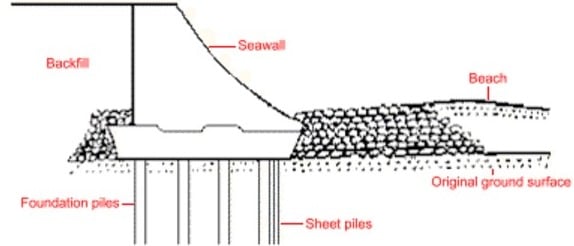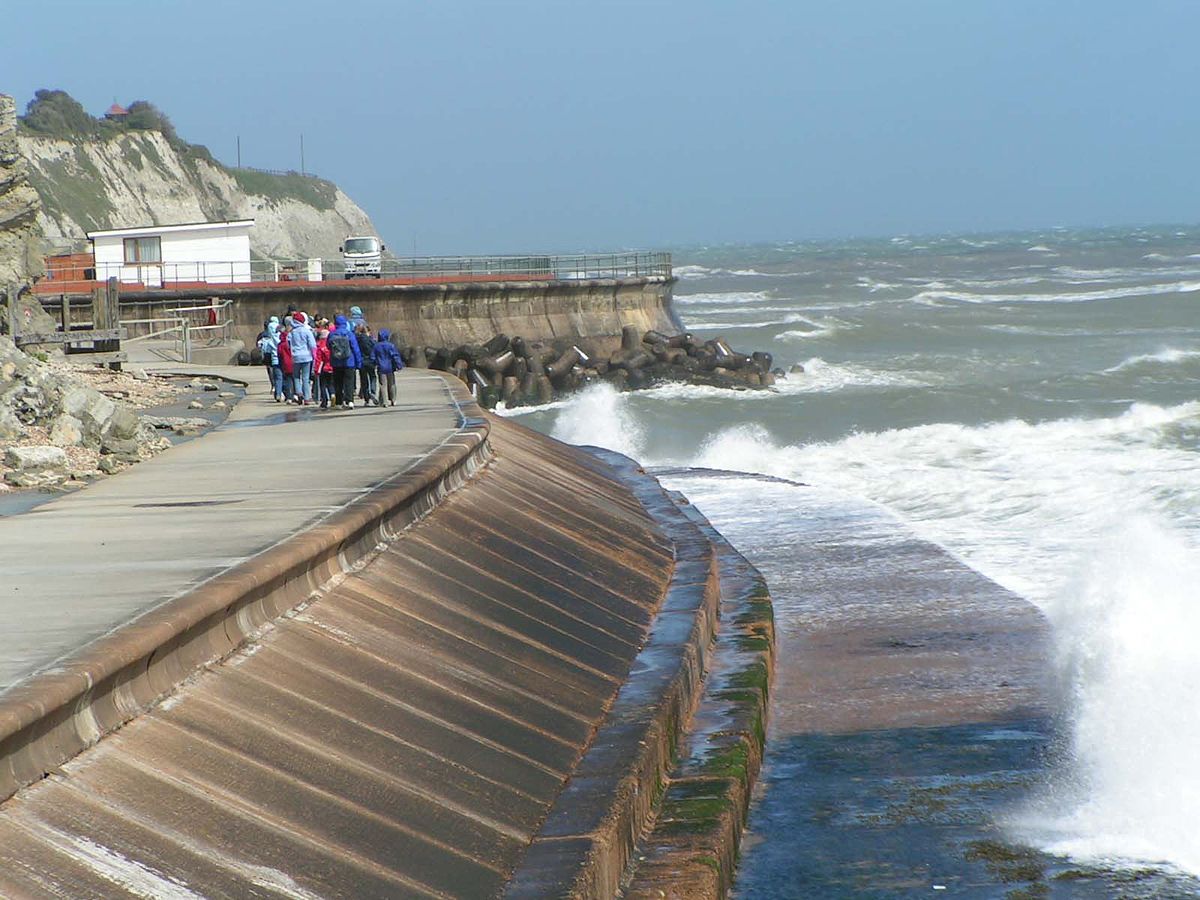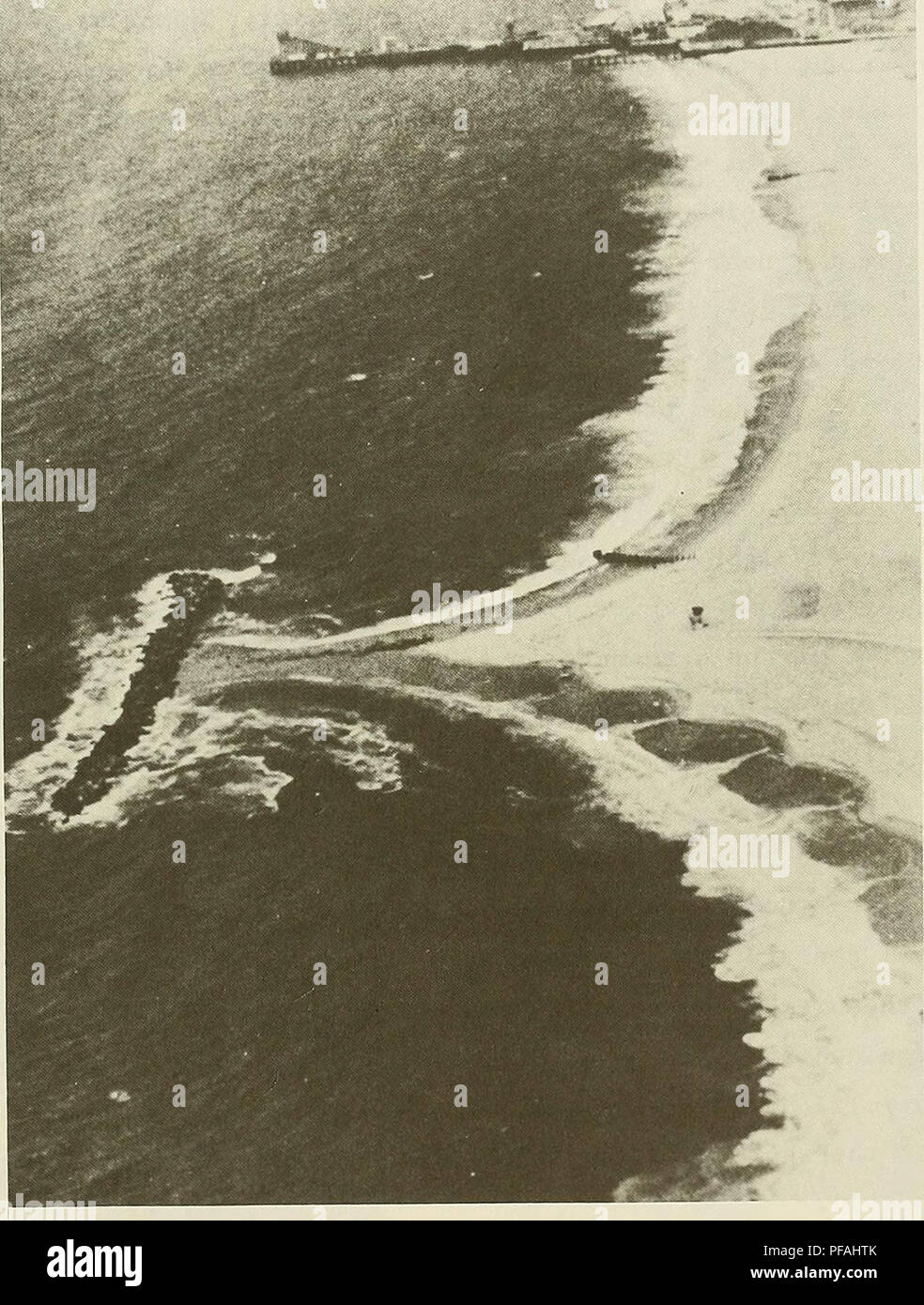The Best Guide To Shore Protect Team
Some Known Details About Shore Protect Team
Table of ContentsThe Greatest Guide To Shore Protect TeamShore Protect Team Things To Know Before You Get ThisThe Best Strategy To Use For Shore Protect TeamAll about Shore Protect TeamHow Shore Protect Team can Save You Time, Stress, and Money.The Greatest Guide To Shore Protect TeamThe Buzz on Shore Protect Team
Reduction in property value: As the area tourist is affected by disintegration, so then is the economic climate. Customers are less likely to look for a beach home that could be ruined at any type of minute by the upcoming flooding and disintegration emergency situation. In turn, property worth can drop exceptionally and affect the entire area.Whether a coastline is just tiny and jampacked or has to close entirely for the safety of the environment and nearby residential properties, this considerably affects tourist. Consequently, regional economies are impacted (https://www.adbritedirectory.com/Shore-Protect-Team_614426.html). Danger of injury: The enhanced threat of flooding and architectural failings causes a boosted danger of injury to neighboring visitors and community members

is home to even more than 84,240 miles of shoreline with 41% of it revealed to the open sea. Coastal engineers are in fee of protecting the coast against modifications by lessening the destructive influences of both all-natural and synthetic occurrences. Shoreline stablizing is straight related to their work. Beachfront resorts: Due to the fact that coastline erosion effects tourist, it impacts the success of waterside hotels.
The Best Guide To Shore Protect Team
This at some point results in closures and abandoned beachfront buildings. Coastal industrial companies: No tourists implies no business. For those organizations satisfying locals, their home goes to risk of damages from disintegration and flooding. Coastal state parks: State parks that exist along coasts go to risk of damage. Not just to the manufactured structures and properties on website, yet likewise to the natural ecological communities that exist within.
Difficult stablizing utilizes synthetic frameworks as protection to regulate erosion. A lot of kinds of hard stablizing like seawalls and sheet steel are not optimal for coastline stablizing.
Shore Protect Team for Dummies
There's likewise insufficient proof of their performance depending on the type of shoreline and local problems. Tough stablizing methods often tend to be a lot more challenging to set up and do not match the all-natural visual, standing out like a sore thumb and hurting regional communities in many scenarios. Coastline nourishment is the procedure of adding shed sand and debris back to beaches after disintegration has actually happened.
TrapBags help in the procedure of coastline nutrients by safeguarding all-natural communities and enabling plants to grow. While this process can be pricey and is not irreversible, the pros often tend to outweigh the disadvantages. TrapBag obstacles offer many properties that make them excellent for coastal and shore disintegration protection. They're: Eco-friendly: You can make use of indigenous soil both to border and to fill the TrapBags.

The 6-Minute Rule for Shore Protect Team
Easy to set up: Relieve of installation indicates TrapBags can be deployed quickly in case of an emergency situation. They can also be mounted with no heavy machinery. Budget-friendly: TrapBags are optimal for both small and big locations of shoreline. They provide a budget-friendly option to cover projects of any dimension.
Combined with a high building and construction cost, this has brought about boosting use other soft design coastal administration choices such as coastline replenishment. Seawalls are built from different products, the majority of frequently strengthened concrete, rocks, steel, or gabions. Other feasible building and construction products include vinyl, timber, aluminum, fiberglass composite, and biodegradable sandbags made from hemp and coir. The suitable seawall style depends on location-specific elements, consisting of surrounding erosion processes. There are three main sorts of seawalls: upright, curved, stepped, and mounds (see table below). A report published by the United Nations Environment Programme (UNEP) recommends that the tidal wave of 26 December 2004 caused less damages in the locations where natural barriers existed, such as mangroves, reef or seaside vegetation.
Natural barriers, such as reef and mangrove woodlands, avoid the spread of tsunamis and the flow of seaside waters and minimized the flooding and rise of water. A cost-benefit approach is a reliable way to determine whether a seawall is appropriate and whether the benefits deserve the expense.
4 Simple Techniques For Shore Protect Team
A seawall is a static attribute which can conflict with the vibrant nature of the shore and hamper the exchange of debris between land and sea. Benefits and downsides of seawalls according to Short (1999) Benefits Disadvantages Long term service in contrast to soft coastline sustenance (https://definedictionarymeaning.com/user/shrprtcttm).

This can create beaches to dissipate, making them worthless for beach goers. Normally, seawalls can be an effective means to control coastal disintegration, but only if they are built well and out of products that can endure the force of continuous wave energy.
The 4-Minute Rule for Shore Protect Team
The ideal seawall style relies on location-specific aspects, consisting of bordering erosion procedures. There are 3 primary types of seawalls: vertical, bent, stepped, and mounds (see table listed below). A record released by the United Nations Setting Programme (UNEP) recommends that the tidal wave of 26 December 2004 triggered much less damage in the locations where all-natural barriers were existing, such as mangroves, coral reefs or seaside plants.
Natural barriers, such as reef and mangrove woodlands, stop the spread of tsunamis and the flow of coastal waters and reduced the flooding and surge of water. A cost-benefit technique is a reliable method to establish whether a seawall is ideal and whether the benefits are worth the expenditure.
The Only Guide to Shore Protect Team
A seawall is a fixed function which can contravene the dynamic nature of the coast and restrain the exchange of debris in between land and sea. The table listed below sums up some positive and negative effects of seawalls which can be made use of when contrasting their performance with various other coastal management options, such as coastline nutrients. [] Advantages and disadvantages of seawalls according to Short (1999) Benefits Negative aspects Long-term solution in comparison to soft coastline nutrients. affordable bulkhead.

This can trigger coastlines to dissipate, rendering them useless for coastline goers. Usually, seawalls can be a successful method to regulate coastal disintegration, but only if they are created well and out of materials that can hold up against the pressure of recurring wave energy.